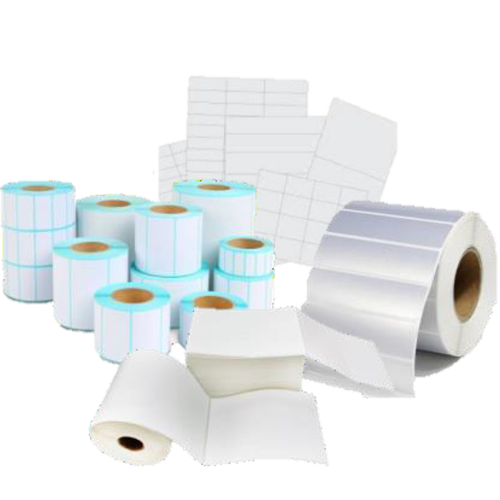Barcodes & Labels


At a basic level, a barcode is a square or rectangle with a combination of vertical black lines of varying thickness and height, white space, and numbers that together identify specific products and their relevant information. Computers linked to scanners can read these codes and use the exact combination of bars, spaces, and numbers to retrieve the data for that product.
Today, barcodes are found on not only household items that come from supermarkets or retail stores, but licenses, rental cars, checked luggage, and hospital bands. In each case, they identify a product or person and encode important details.
It is particularly important to be able to track products all the way from supplier to outlet in case it becomes necessary to recall them. In the past, there have been repeated cases of recall actions in crisis situations in which it was apparent that more targeted cross-company tracking and return procedures should have been implemented.
Barcode labels are used for recall actions in order to find defective products quickly so that they can be removed from circulation, thus preventing their use and limiting any possible damage that may be caused. This allows manufacturers to manage product recalls more efficiently. In particular, barcode labels offer the following advantages when it comes to product recalls:
- Manufacturers are able to access information on the specific location of a product along the supply chain to the point of sale.
- They can selectively remove the product or range in question wherever it might be at a particular time.
- Barcode labels provide for the protection of consumers by ensuring they do not have a defective product.
- Barcode labels reduce any loss of reputation due to product defectiveness.


